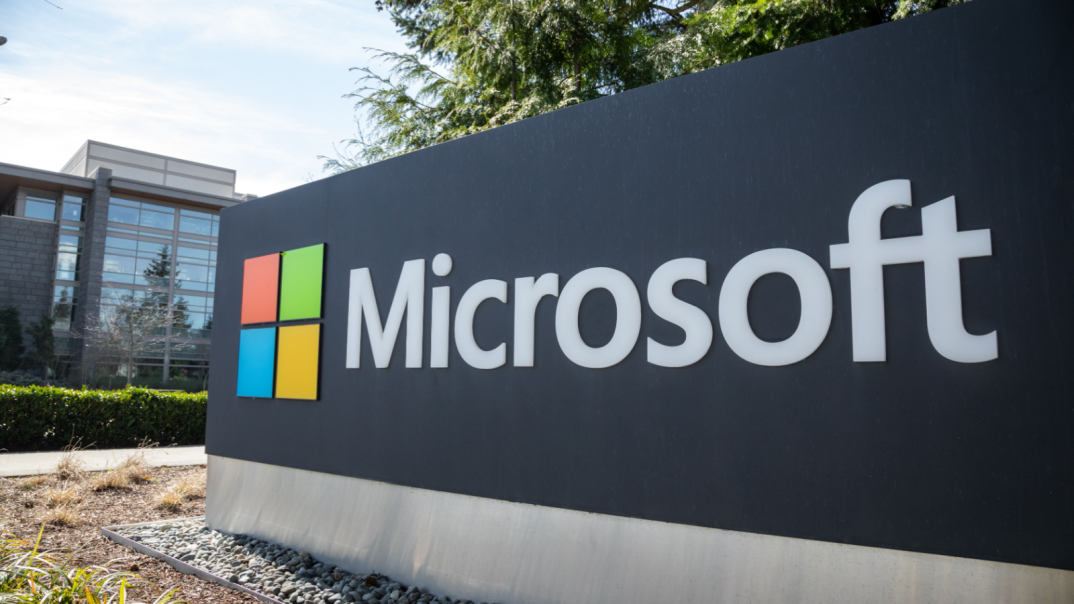With Microsoft (NASDAQ:MSFT) shares nearly doubling in price since the generative artificial intelligence boom at the start of 2023, you may not think Microsoft stock has much room to run from here. However, a secular growth trend has emerged.
For the current fiscal year, Microsoft plans to spend considerably more on capex than it did during the fiscal year in which the AI boom first took shape. It’s a bit of a gamble to double-down on its AI wager, as well as its big bet on future growth in cloud computing. However, the ultimate payoff could more than make up for it.
Microsoft Stock: Upping the Ante
Earlier this week, analysts at Morgan Stanley released their forecast for Microsoft’s capital expenditure plans for the current fiscal year, which ends in June 2025. Per the sell-side firm’s estimates, capex during FY2025 will reach $63 billion.
That’s nearly double Microsoft’s capex budget for FY2023, which came in at $32 billion. Yes, to some extent, this $30 billion increase in capex is needed in order to keep the competition at bay. It’s not as if Microsoft is going to spend more, all while profitability holds steady or declines.
Alongside a capex forecast, Morgan Stanley also provided sales growth forecasts resulting from Microsoft’s big spending plans. By FY2027, Microsoft’s Gen AI revenue, from its CoPilot products and other offerings, could hit nearly $38 billion. That’s a more than sevenfold increase compared to GenAI revenue last fiscal year.
This capex double-down may provide an even more significant boost for Microsoft’s Azure cloud business. Incremental revenue could total as much as $83 billion annually by FY2027. Only time will tell whether Microsoft’s gambit pays off, but if it does, it’s easy to see why it could have a material impact on the future performance of Microsoft stock.
A Tremendous Payoff
Forget about the debate over when MSFT hits $500, $600, or $750 per share. It may be time to discuss when, not if, this AI winner hits $1,000 per share. Admittedly, Microsoft’s current valuation accounts for some of this potential future growth.
Still, while reaching four-digit prices may stay a stretch goal, hitting $800 or $900 per share by 2027 could be within reach. At least, if we assume AI demand growth forecasts are on the money. If these forecasts prove accurate, Microsoft stands to beat expectations in the years ahead.
Sell-side forecasts currently call for MSFT’s earnings to hit $18.64 per share by FY2027. Beating these forecasts, by delivering earnings of $20 to $25 per share in FY2027, could justify a move to prices above $900 per share.
Even if the stock experiences multiple compression, as it reaches AI scale and growth slows down, hitting $800 to $900 per share would likely still be in reach. Although not as exciting as the prospect of Microsoft stock reaching $1,000 per share within two years, this still suggests significant further runway, compared to today’s stock price of $465.76 per share.
Hitting New Highs, but Still a Strong Buy
So far this month, MSFT has continued to trend higher, hitting new all-time highs along the way. Yet if you’re hesitant to buy in what on a stock chart may appear to be the top, keep in mind that shares are inching higher for a good reason.
Much like Microsoft is upping its AI wager, the market is upping its wagers on this AI winner, as it becomes more evidently clear that we’ve seen just the start of the extent in which Microsoft’s monetization of Gen AI technology will have on its bottom line.
Although additional waves of weakness may arrive, whether in the near future, or in 2025, as the long-term bull case holds, and grows stronger thanks to this latest development, consider Microsoft stock still worthy of consideration at current prices.
Microsoft stock earns a B rating in Portfolio Grader.
On the date of publication, Louis Navellier had a long position in MSFT. Louis Navellier did not have (either directly or indirectly) any other positions in the securities mentioned in this article.
The InvestorPlace Research Staff member primarily responsible for this article did not hold (either directly or indirectly) any positions in the securities mentioned in this article.
On the date of publication, the responsible editor did not have (either directly or indirectly) and positions in the securities mentioned in this article.


![Elon Musk Sparks AI Debate With Viral Kamala Harris Deepfake Video [Watch] Elon Musk Sparks AI Debate With Viral Kamala Harris Deepfake Video [Watch]](https://virtual-coach.com/wp-content/uploads/2024/07/elon-musk-kamala-harris-360x270.png)


